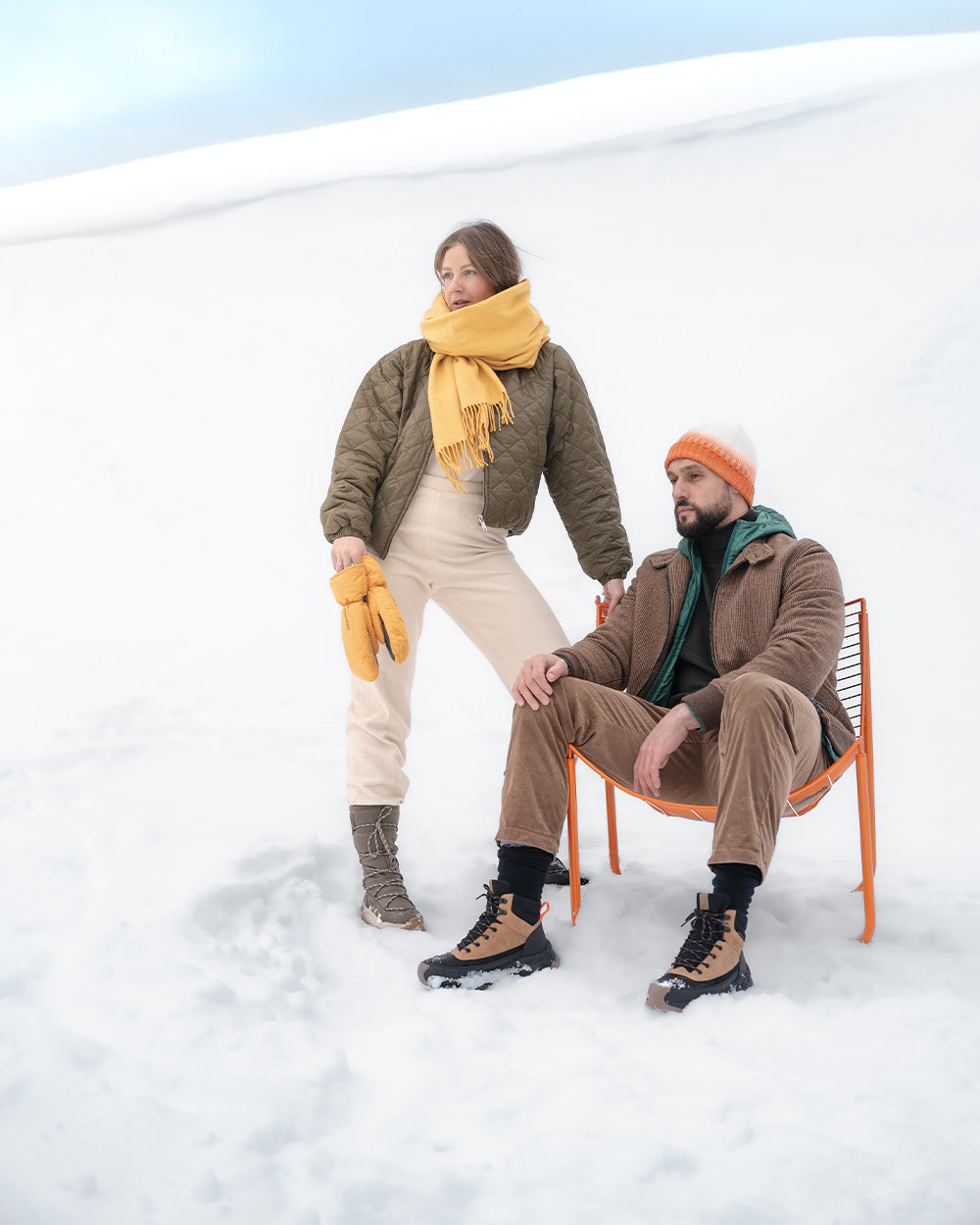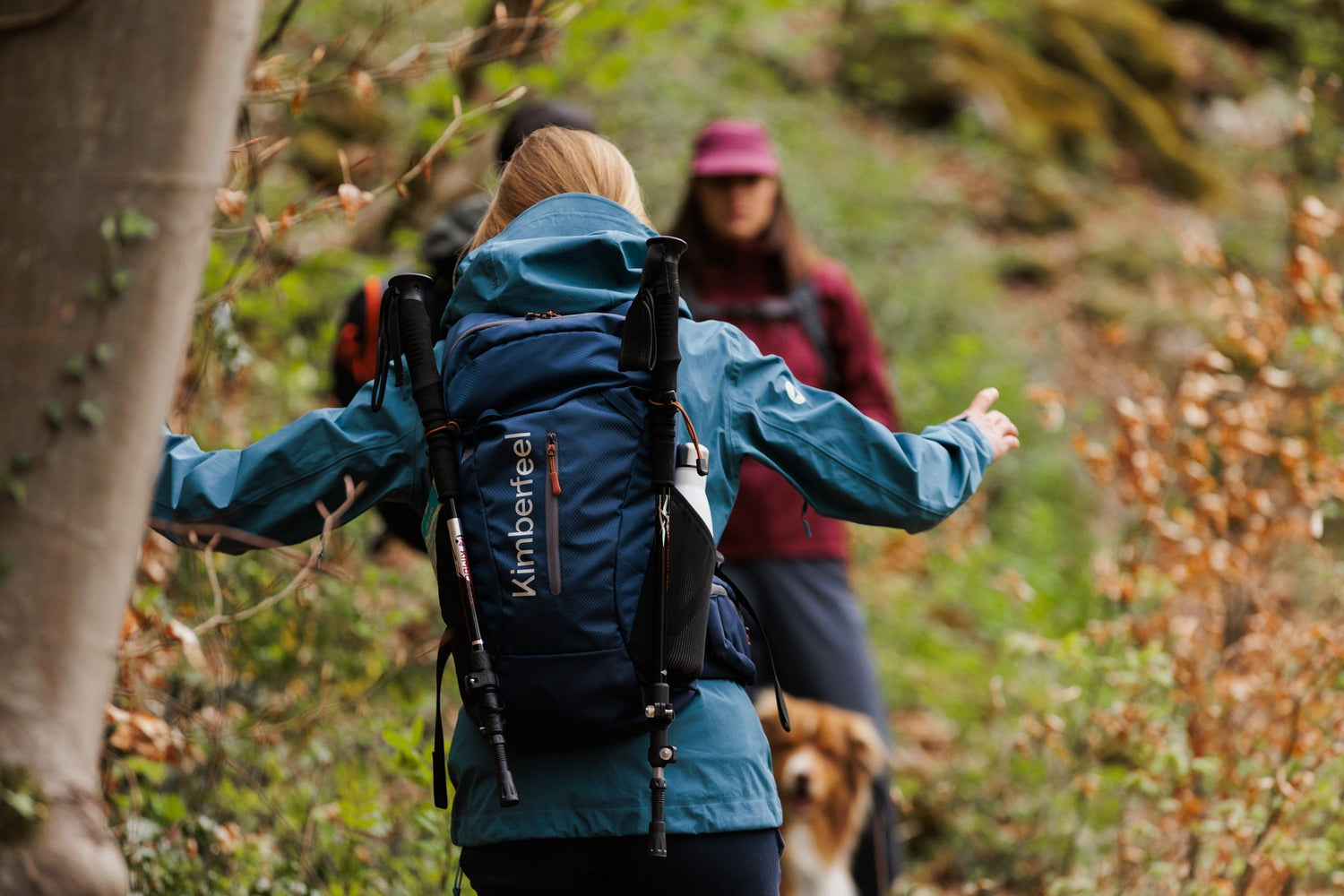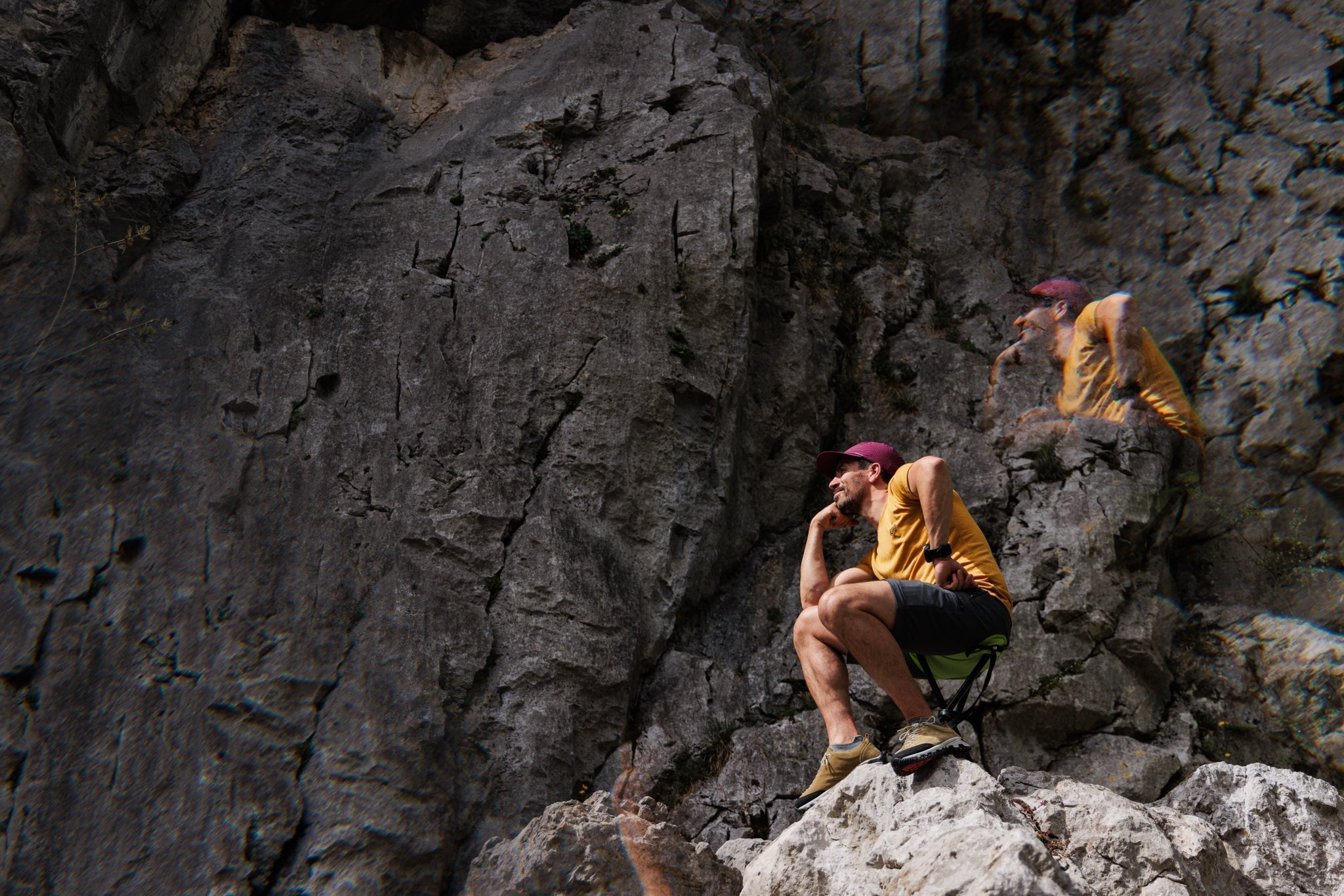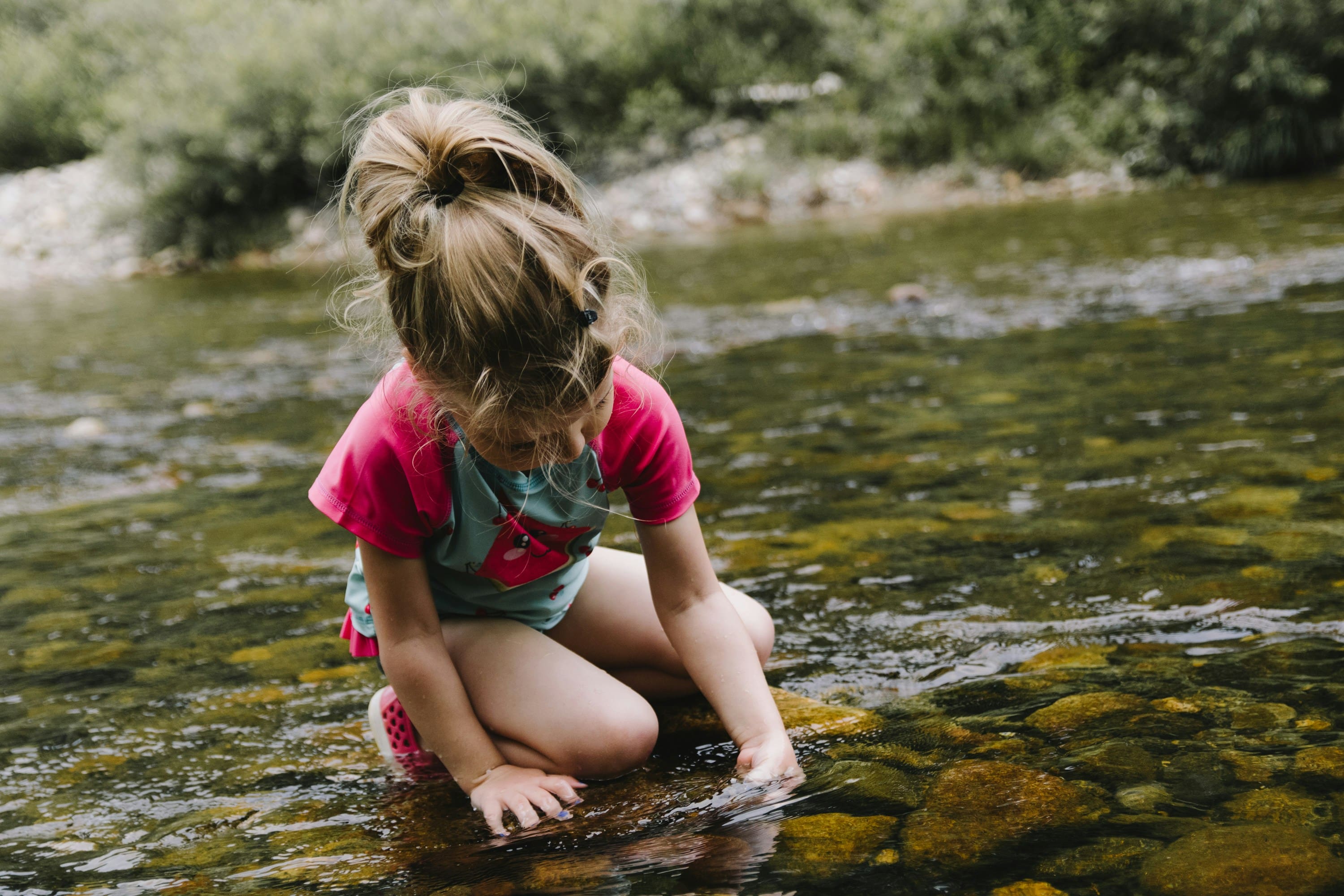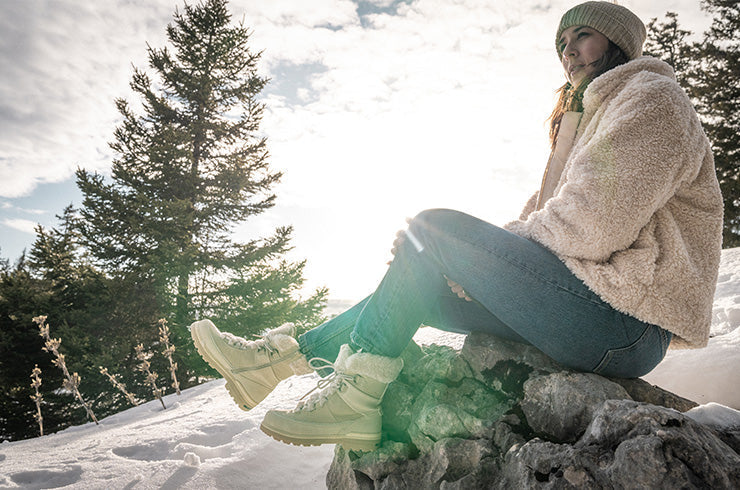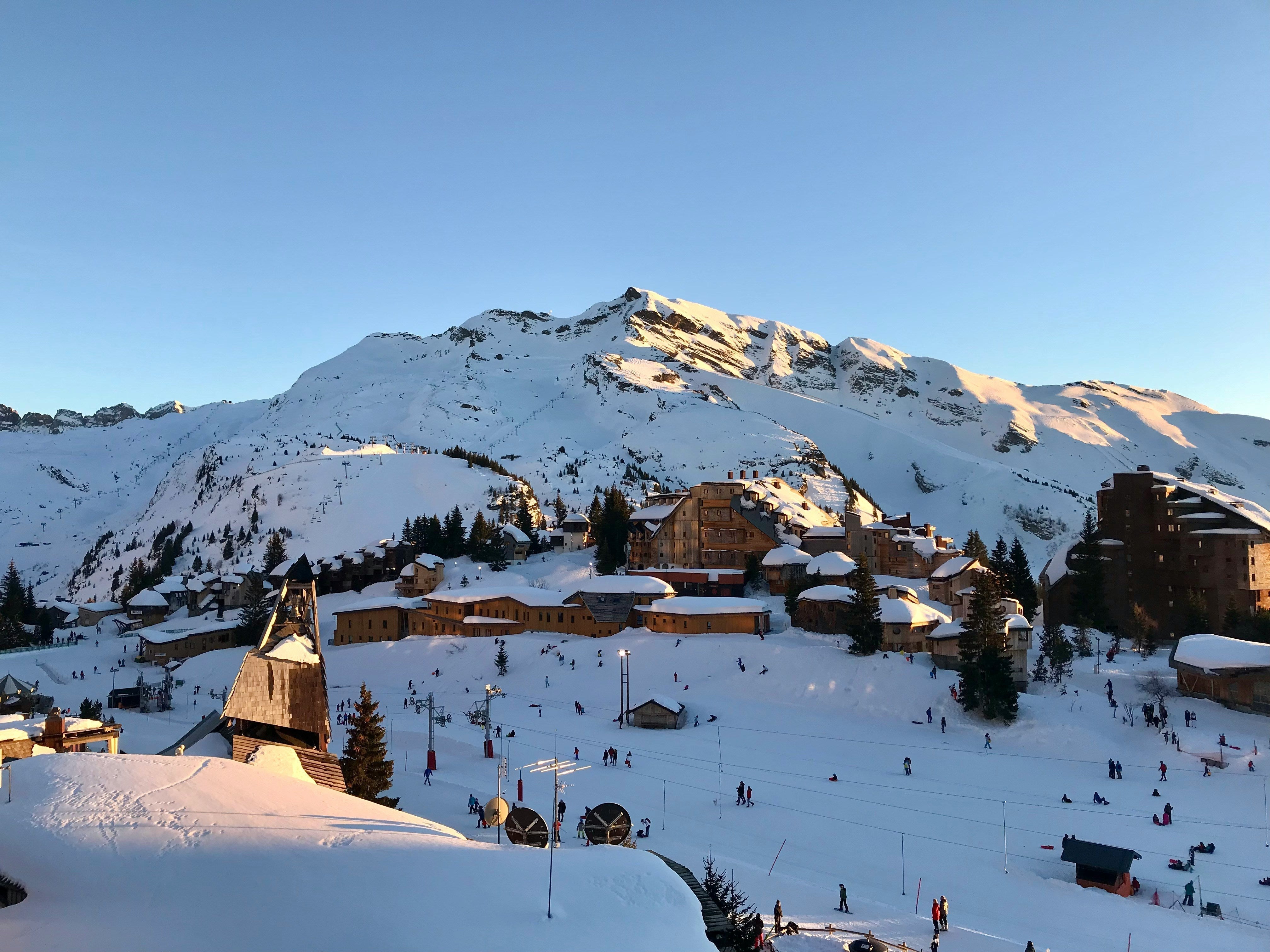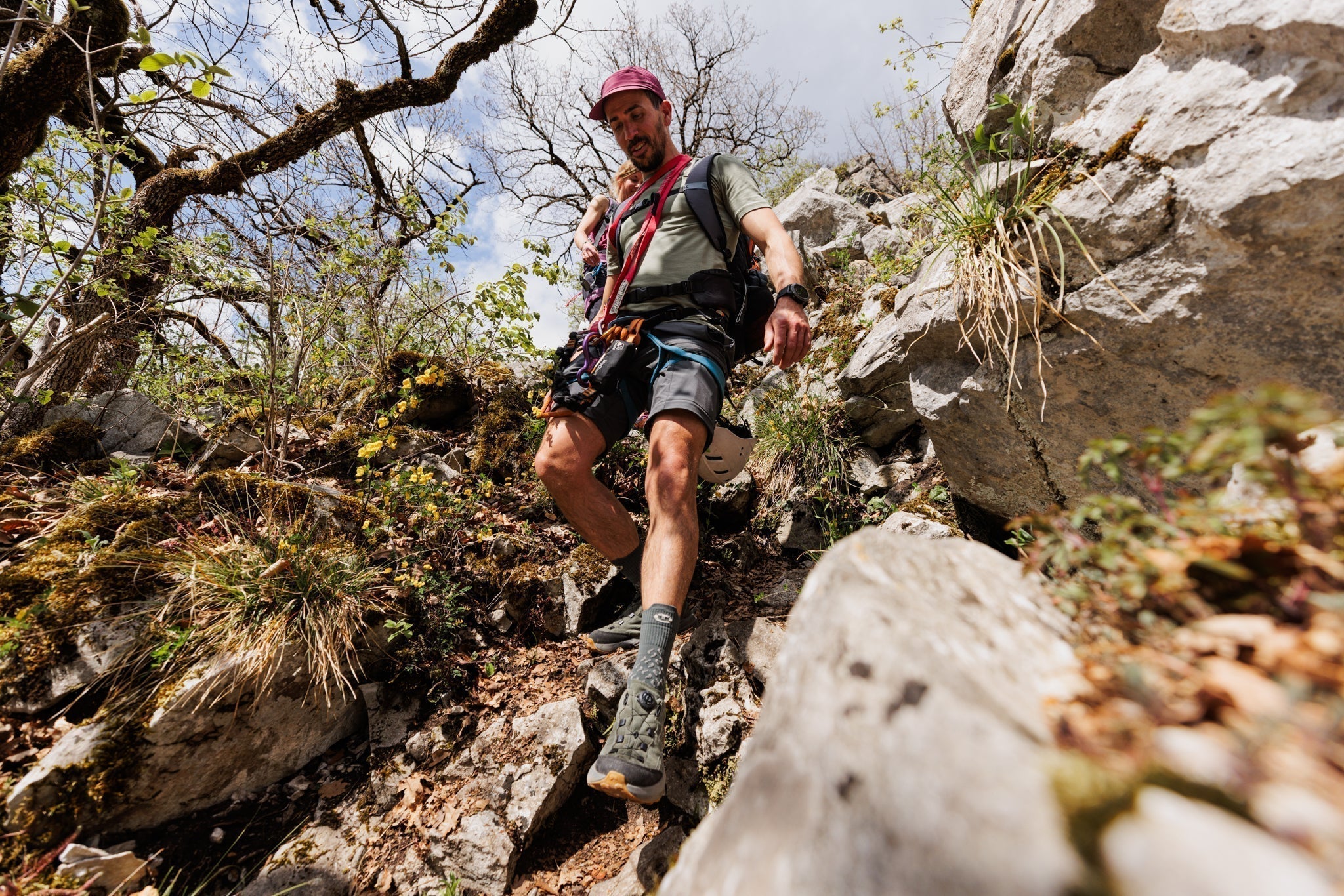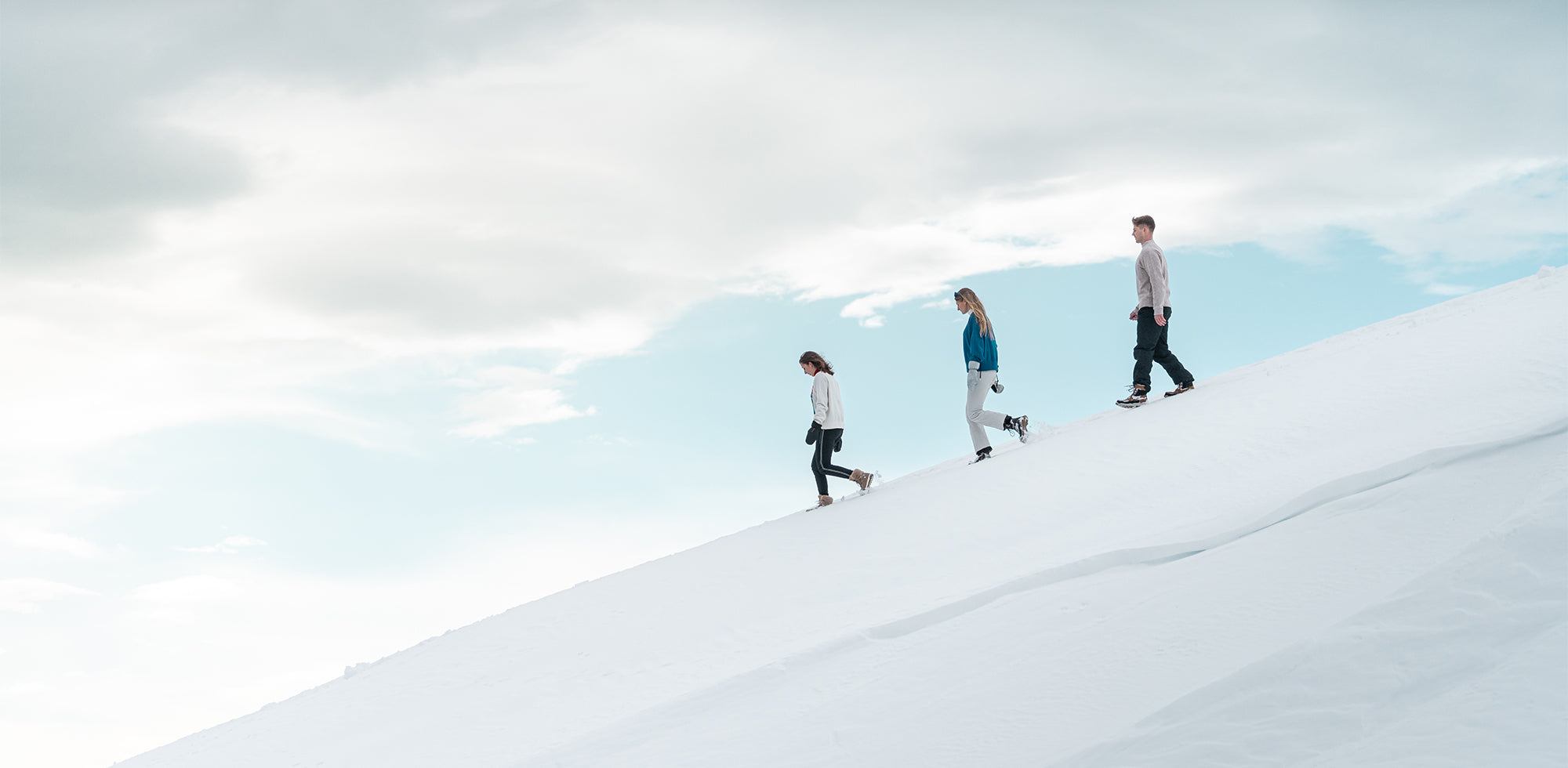When planning a hike or a walk, we often think about the route, the shoes, the weather. And sometimes, at the last minute, we slip a plastic-wrapped sandwich and a bottle of water into our bag. Too much packaging, impractical to carry, ill-suited to the effort, and often ends up where it shouldn't.
The zero-waste picnic is a simple alternative that is more consistent with the spirit of the outing.
In this article, we'll give you practical advice for preparing a practical, lightweight, zero-waste picnic that's compatible with your walking habits. You'll also find a checklist of essentials, tips to adopt on the go, and a closer look at the right backpack to bring.
Everything to make lunch breaks rhyme with respect for nature.
Why switch to zero waste picnics?
Because plastic packaging left in the forest takes an average of 400 years to disappear. And there's still some everywhere: on hiking trails, near lakes, at the top of mountain passes.
The "zero waste" picnic isn't a fad, but a logical way to extend the respect we have for the paths we take. It's also a good way to lighten your bag, avoid forgetting items, and gain in practicality.
When hiking, every gram counts. Carrying a plastic bottle, a cardboard box, or individual bags… they take up space, they get crushed, and they get punctured.
Preparing your picnic ahead of time with durable containers makes it easier to transport. And you won't leave anything behind.
Last point: it's often healthier. When you prepare your own meals, you know what you're eating. You limit ultra-processed foods, multiple packages, and poorly portioned meals.
If you love the great outdoors, leave no trace.
The essentials to have in your backpack
01. A reusable water bottle
No more last-minute plastic bottles. A good water bottle keeps water fresh, doesn't leak, and goes everywhere you go, whether you're on a 2-hour hike or a day trip.
02. An airtight box (or several)
Opt for lightweight, sturdy, and airtight containers. They're available in stainless steel or BPA-free plastic. You can store a complete meal, a mixed salad, or even a snack in them.
Bonus: they avoid squashed sandwiches at the bottom of the bag.
03. Reusable cutlery
No need to stick a plastic fork in a snack. Slip a pouch of reusable cutlery into your bag so you always have it handy.
04. A cloth towel
It replaces paper napkins and paper towels, and can be used as a mini tablecloth.
05. A small bag for organic waste
Banana peels, apple cores, leftover bread: even if everything is biodegradable, you don't leave them in nature. Slip a small bag (cloth or paper) into the bag to take everything back.
06. And a suitable backpack, of course
Opt for a lightweight, sturdy bag with multiple compartments to properly organize your food, water bottle, trash, and other belongings. A breathable back and comfortable shoulder straps make a difference, especially if you're walking for several hours.
At Kimberfeel, we think of bags as outdoor companions. They're designed to last, withstand uneven terrain, and adapt to your walking habits.
➜ Discover our collection of hiking bags
Good reflexes during and after the picnic
Zero-waste picnicking doesn't stop once the sandwich is finished. There are a few simple steps you can take to avoid leaving a trail behind you.
During the break
Keep your containers within reach, close them as you go, and lay down a napkin or small mat to prevent everything from scattering. If you're eating on a rock, in a forest, or by a lake, tidy up as you go. It's easier to fold up afterward.
What comes with you
Everything. Even things you feel you can "leave": apple cores, eggshells, stale bread. It's not necessarily bad for nature, but it doesn't belong there. And it attracts animals, which disrupts their feeding habits.
On the way back
Sort: organic, recyclable, dishes. The easiest way is to have already separated everything during your break. Put out the compostable waste, wash the containers, and put them away immediately once dry. You'll save time for your next outing.
Equipment Focus: Choosing the Right Bag for Carrying Your Picnic
If you go hiking or walking often, you might want to invest in a model that's truly suitable. Here's what to look for.
01. Volume: adapt to the type of output
✔ For a short hike or a half-day walk: 10 to 20 liters are enough.
✔ For a full day with several meals or things for the whole family: 25 to 35 liters allow you to fit everything without straining.
02. Interior organization: avoid tote bags
Choose a model with several compartments. Ideally:
✔ a main compartment for boxes and clothes
✔ side pockets for a water bottle or flask
✔ a small pocket accessible without emptying everything, for cutlery or handkerchiefs
03. Carrying comfort: not to be underestimated
Even with a well-filled bag, you should be able to walk for several hours without pain.
✔ Wide, padded shoulder straps
✔ Semi-rigid back or ventilated foam
✔ Chest strap for stabilization
✔ Waist belt (useful from 25 L)
04. The little extras that change everything
✔ A place for a water pocket if you are going away for a long time
✔ A waterproof cover in case of downpours
✔ A loop to hang a cup , a knife or a filter bottle
➜ We've written a comprehensive guide to help you choose the perfect backpack for your next outing

Let's pass on good reflexes
When you love nature, you learn to take care of it. This involves small actions: preparing what you take with you, picking up what you leave behind, and being considerate of others around you.
By showing these reflexes to the youngest (preparing together, thinking about what we take, tidying up without leaving a trace) we plant seeds. Those of respect, of attention, and of the desire to do things differently.
Choose your way.

